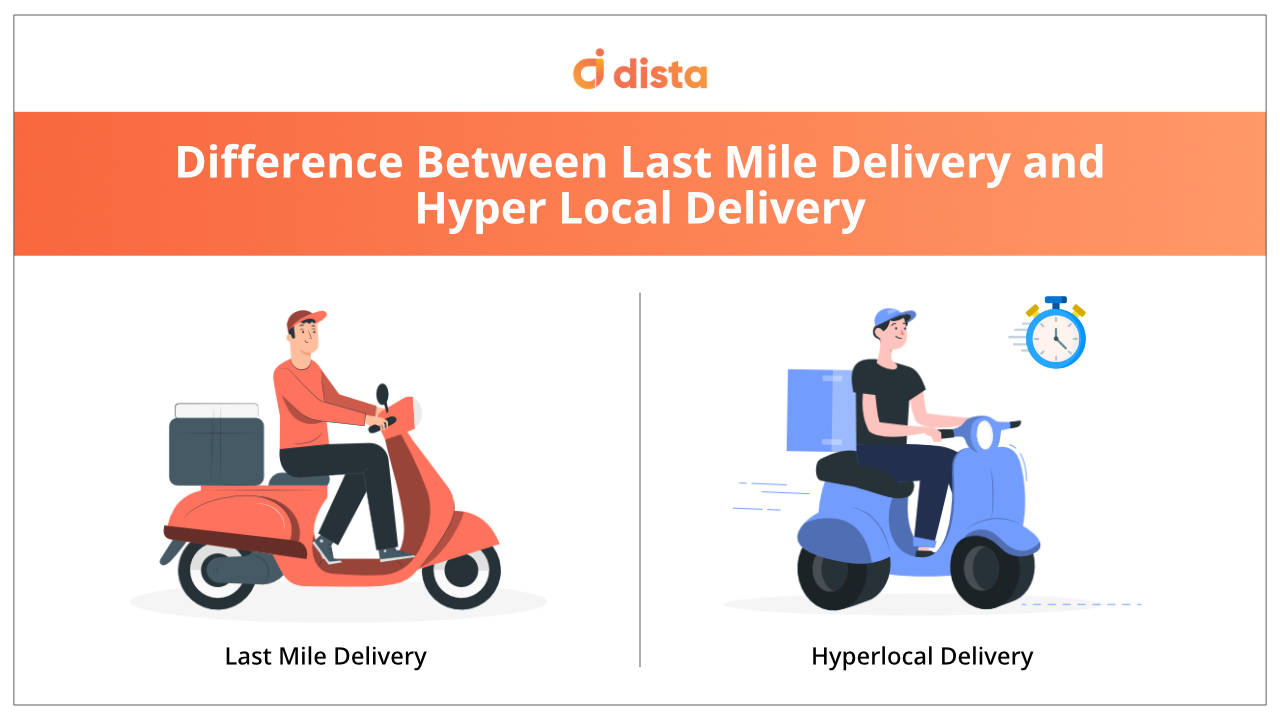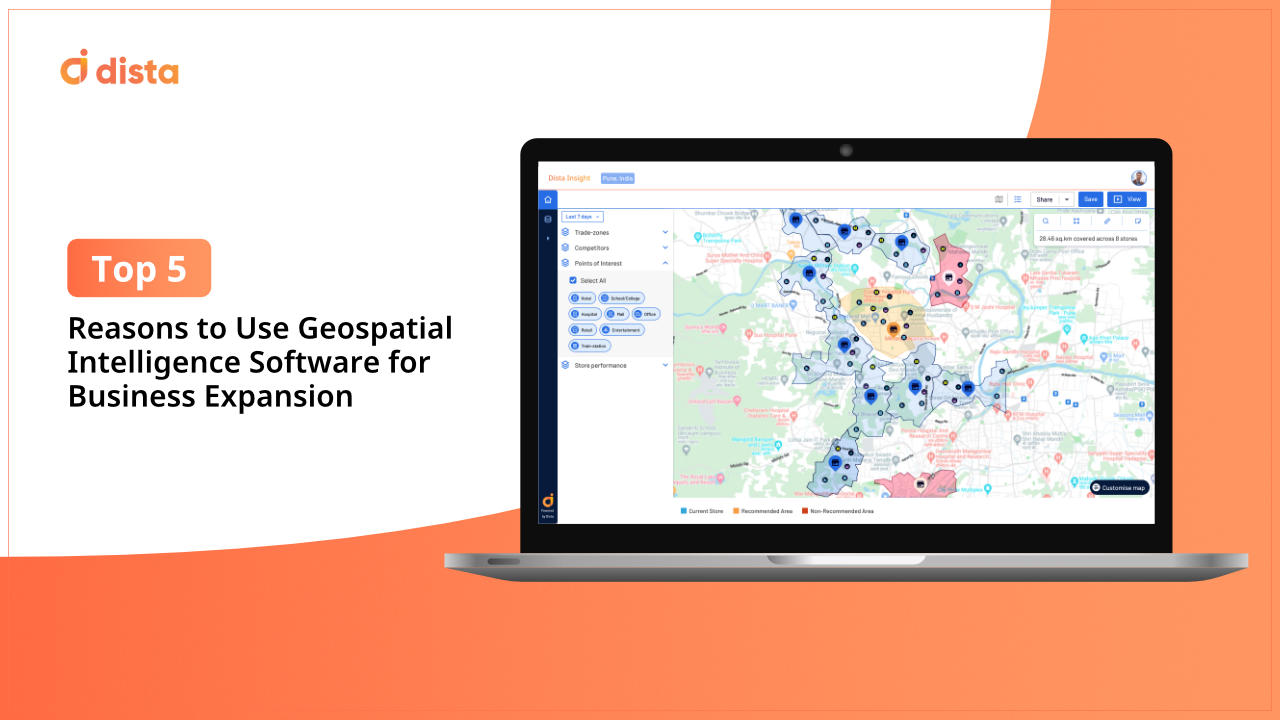What is Last Mile Delivery?
Also read – 9 Last Mile Delivery Trends for 2023
What is Hyperlocal Delivery?
Hyperlocal delivery is the process where goods are delivered directly to the customer from the seller. The delivery process is faster and less expensive and involves minimum handling.
Difference Between Last-mile Delivery and Hyperlocal Delivery
1) Delivery Time
As per experts, the last mile delivery of a shipment can account for 53% of its total cost. The average delivery time required by the last mile model is typically between 12-16 hours. If the delivery area is greater, especially in metro cities, the time taken can also be more than 16 hours.
Meanwhile, in hyperlocal delivery, the delivery agent delivers the product within a minimum of 2- 3 hours. The main reason for a faster delivery time is the limited geographical perimeter compared to last mile deliveries.
Read more – 8 delivery logistics KPIs to look out for
2) Delivery Area
In the case of last mile delivery, the delivery area is not limited and can range up to 30KM. The delivery area is determined depending on the location of the central hub.
The entire supply chain is located closer to the buyer and seller in the hyperlocal delivery model. Most of these delivery orders are based on customer’s exact proximity and are not dependent solely on their address.
3) Type of Products
All kinds of products, including consumer goods like TV, appliances, clothes, etc. are covered in the last mile delivery.
However, in hyperlocal delivery, the order typically comprises food, groceries, personal care items, medicine, house maintenance, along with other consumer and retail goods. Most of these shipments are based on your exact proximity and are not dependent solely on the street address
4) Product Volume and Weight
There are no specific weight restrictions for products under the last mile delivery model. The seller is responsible for the delivery charge that depends on the volumetric weight.
Meanwhile, in hyperlocal deliveries, there is a certain limit on the weight and volume of products, as only one delivery agent typically delivers them on a bike or a scooter.
Final Thoughts
Both last mile delivery and hyperlocal delivery have a key role to play in the present market dynamics. A recent Accenture analysis says that by 2023, more than half of all e-commerce purchases will be delivered from local inventory, highlighting the traction that hyperlocal last mile deliveries have gained.
Dista is an AI-enabled location intelligence platform that provides delivery management software to manage and automate last mile deliveries.












